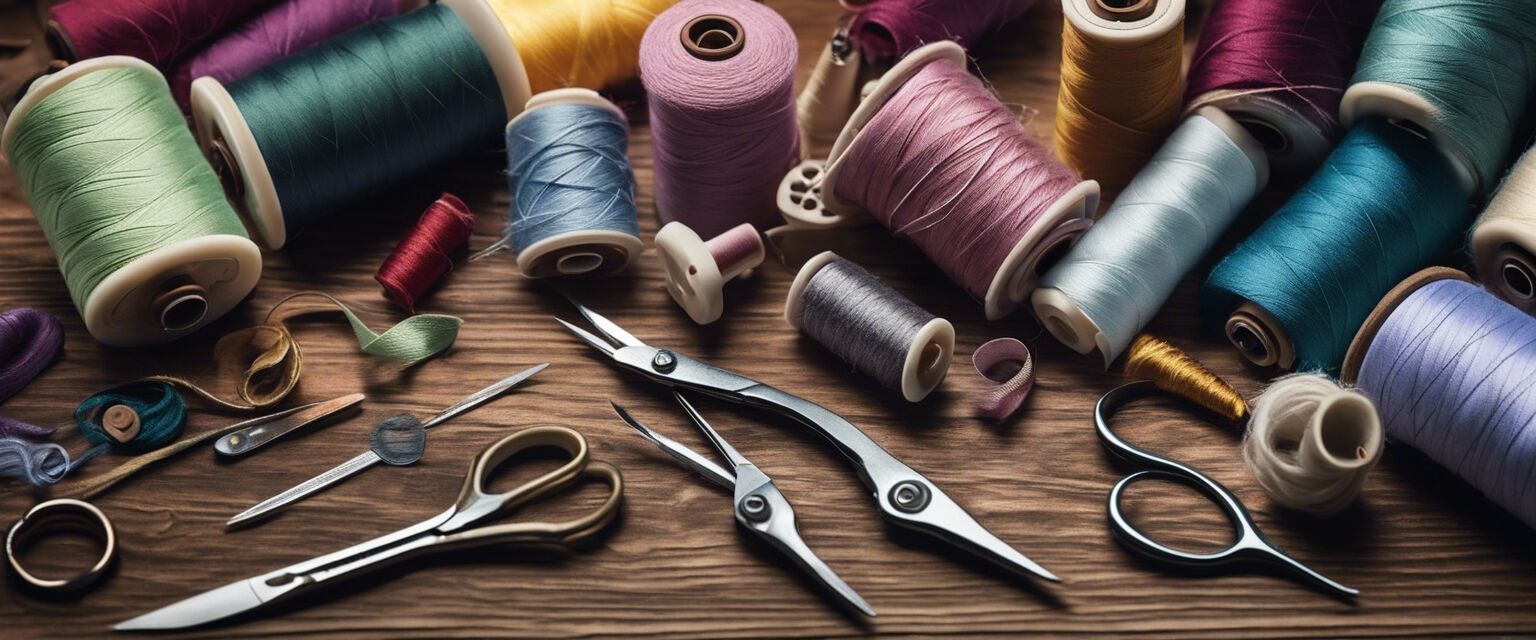
Beginner's Guide to Sewing Machines
Key Takeaways
- Understanding the different types of sewing machines available.
- Essential features to look for in a beginner sewing machine.
- Basic maintenance tips to keep your machine in great shape.
- Resources for finding patterns and projects suitable for beginners.
Welcome to Sew Corner, your go-to resource for all things sewing! If you're just starting out, understanding the world of sewing machines can be overwhelming. This comprehensive guide will walk you through everything you need to know to start sewing with confidence.
Types of sewing machines
There are several types of sewing machines, each designed for different purposes. Here’s a breakdown:
| Type | Description | Ideal for |
|---|---|---|
| Mechanical Sewing Machines | Basic machines that use mechanical parts for operation. | Beginners who want to learn the basics. |
| Electric Sewing Machines | Machines that operate with the help of electricity for more functionality. | Beginners and intermediate users looking for versatility. |
| Computerized Sewing Machines | High-tech machines with built-in patterns and functions. | Anyone interested in advanced sewing projects. |
| Embroidery Machines | Machines specifically designed for embroidery. | Quilters and hobbyists focused on decorative sewing. |
Essential features for beginners
When selecting a sewing machine, it’s important to focus on features that cater to beginners. Here are some key features to consider:
- Easy threading: Look for machines that have automatic needle threading options.
- Built-in stitches: A variety of stitches allow for creative projects.
- Adjustable stitch length and width: Customizing stitches helps enhance learning.
- User manual: An easily understandable manual ensures you can troubleshoot issues as you learn.

Basic sewing techniques
As a beginner, getting familiar with basic techniques is crucial. Here are some essential sewing techniques you should practice:
- Straight stitching: The most common technique used in sewing.
- Zigzag stitching: Useful for preventing fabric edges from fraying.
- Backstitching: Reinforces stitches at the start and end of seams.
- Binding and finishing techniques: Ensures that your project looks professional.

Maintenance tips for sewing machines
Keeping your sewing machine in good condition is important for optimal performance. Here are some maintenance tips:
- Regularly clean the machine to prevent dust accumulation.
- Oil the machine as per the manufacturer's instructions.
- Change needles regularly to avoid skipped stitches.
- Store your machine covered to protect it from dust.
Projects to start with
Here are some beginner-friendly sewing projects to get you started:
| Project | Materials Needed | Skill Level |
|---|---|---|
| Pillowcase | Fabric, thread | Beginner |
| Tote bag | Fabric, thread, handles | Beginner |
| Table runner | Fabric, thread | Beginner |
| Simple skirt | Fabric, elastic, thread | Beginner to Intermediate |
Resources for learning more
To further your sewing knowledge, be sure to explore these resources:
- Beginner sewing machines - Get familiar with machines suitable for beginners.
- Advanced sewing machines - Learn about upgrading your sewing machine.
- Embroidery machines - Delve into decorative sewing.
- Portable sewing machines - Discover machines you can take on the go.
- Quilting machines - Explore quilting options as you advance.
Pros
- Encourages creativity and self-expression.
- Provides a practical skill that is useful in everyday life.
- Variety of projects to engage with.
Cons
- Requires initial investment for materials and equipment.
- Can be time-consuming to learn proficiently.
- Possible frustration with machine difficulties.
Conclusion
Sewing is a fulfilling and creative activity that can bring joy and utility into your life. By understanding the basics of sewing machines, essential features to look for, and tips on maintenance and projects, you can set yourself up for success as a beginner sewer. Always feel free to explore our other guides on specific machines to further enhance your skills!

